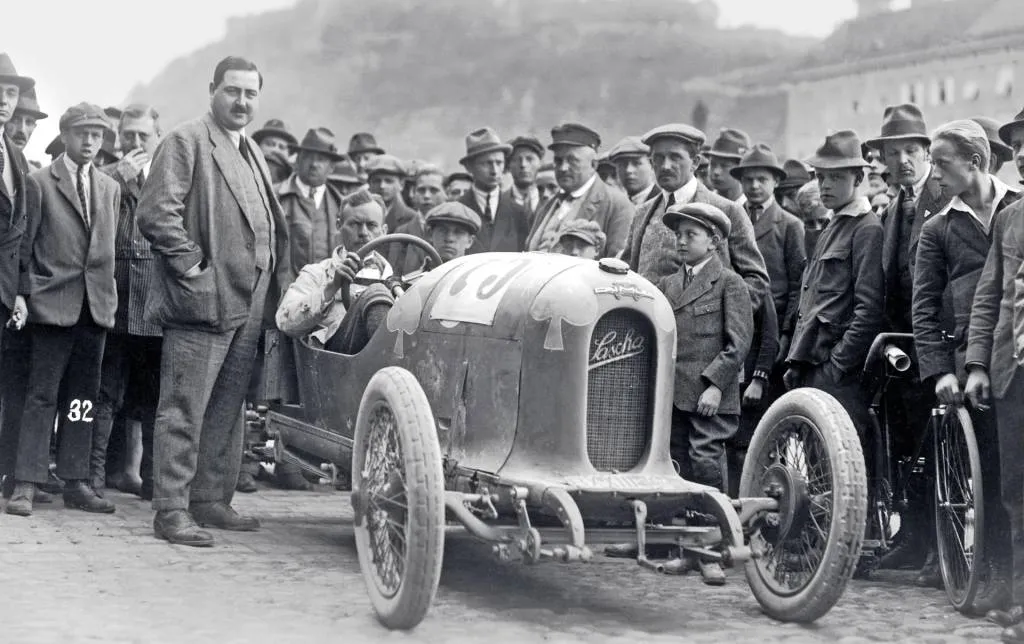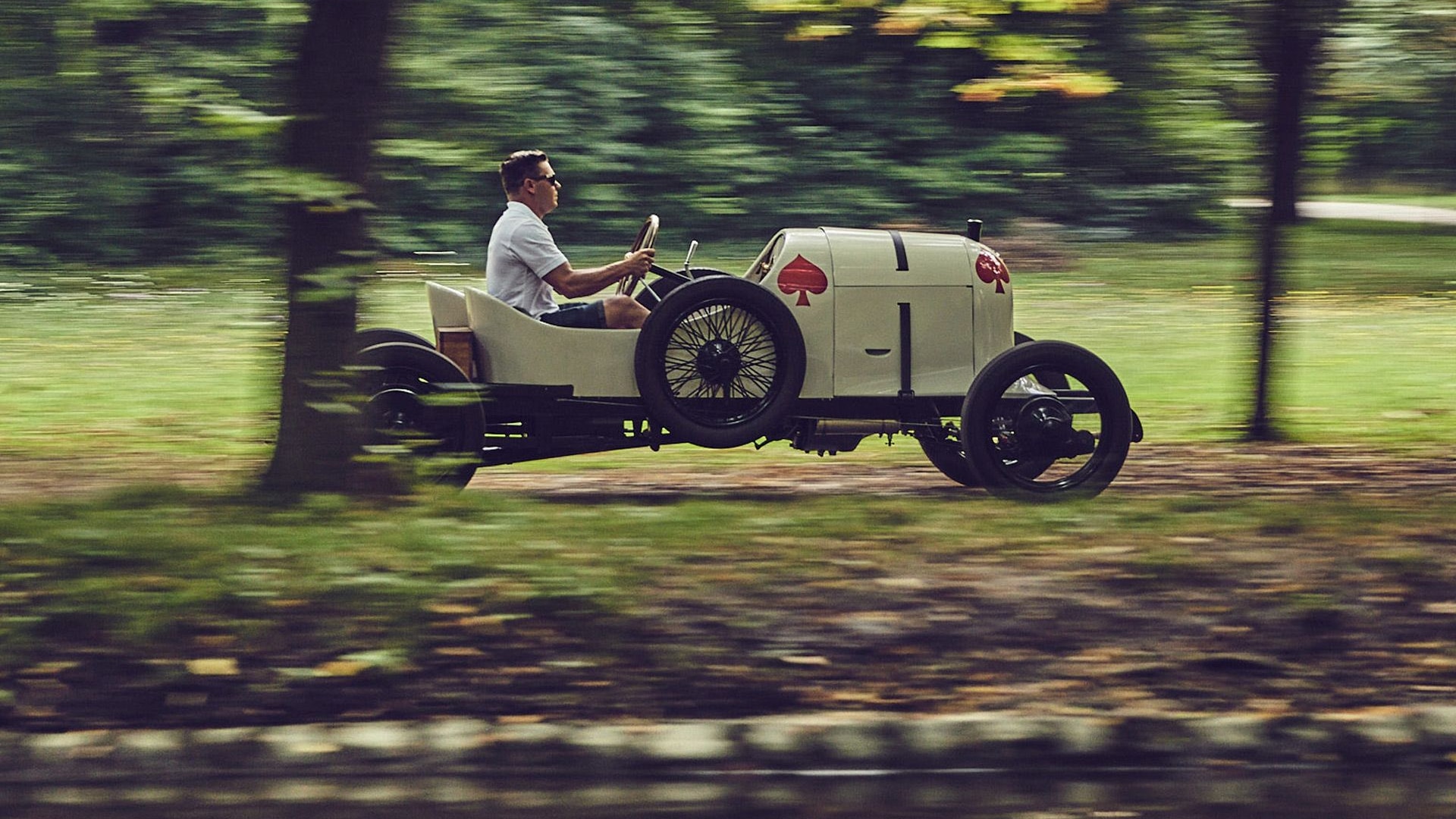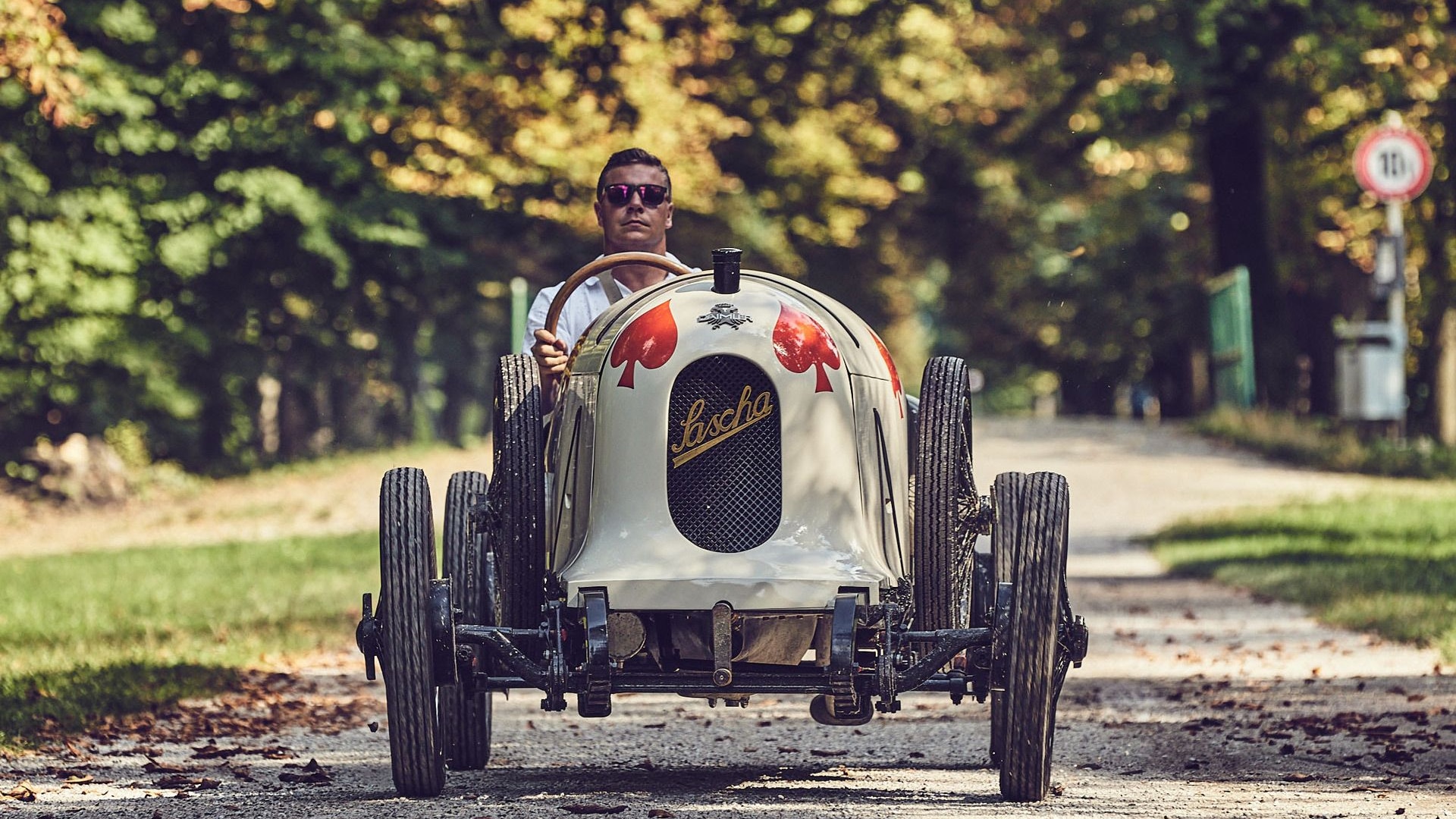While Porsche as a sports car company dates back to the registration of the first Porsche 356 in 1948, the company's roots go back farther, to the Porsche engineering company founded by Ferdinand Porsche in 1931.
However, Porsche was already in his fifties when he founded his eponymous company, and thus he had already designed several cars while working at other companies. One of those was when Porsche was working as the managing director of an Austrian car company known as Austro Daimler.
It was there where, at the age of 45, he started work on the Austro Daimler ADS-R race car, a Targa Florio class champion nicknamed Sascha and today the oldest drivable car at the Porsche Museum in Stuttgart, Germany. It recently returned to Wiener Neustadt in Austria, where Austro Daimler was located. The company was eventually merged in 1934 with Steyr Daimler Puch, which today operates as Magna Steyr.
While working at Austro Daimler, Porsche wanted to build a small, lightweight, and affordable car with four seats, which could also be easily produced in high volumes, a goal that he also envisioned for the Volkswagen Beetle that would come later. However, to build enough interest to get the green light for production from Austro Daimler's board, he also designed a race car based on the road car's running gear. The resulting ADS-R shared the water-cooled 1.1-liter inline-4 of the road car, but skipped the full body and only featured a single seat for the driver. The engine was rated at close to 50 hp and had just 1,318 pounds to carry.

Here, Alexander Joseph Graf Kolowrat-Krakowsky stands to the left of an ADS-R, and Ferdinand Porsche and a young Ferry Porsche stand to the right.
The Sascha nickname came from Alexander Joseph Graf Kolowrat-Krakowsky, who funded the project and whose own nickname was Sascha. Four prototypes were built, and all four celebrated their premiere at the 1922 Targa Florio. To make them easy to identify from afar, Kolowrat-Krakowsky came up with the idea to paint playing card symbols on the bodies.
The ADS-R managed a one-two finish at the race. But despite that and many more racing successes, the production green light was never given, due mostly to the severe inflation Austria and neighboring Germany were experiencing at the time.
To mark the 100th anniversary of the ADS-R, Porsche and its official magazine, “Christophorus,” had staff at the Porsche Museum prepare the car for a return to Wiener Neustadt. While the Austro Daimler factory is no longer there, streets with names such as Ferdinand-Porsche-Ring remind visitors of the town's heritage.






